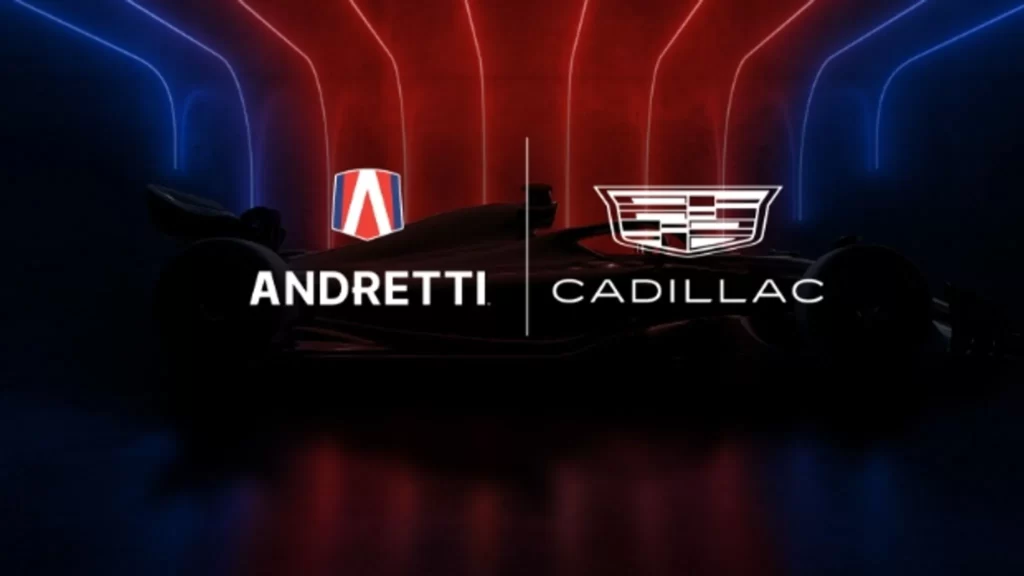The world of Formula 1 is on the cusp of potential growth, as the Fédération Internationale de l’Automobile (FIA) has closed the deadline for new team applications. With the future of F1 racing in mind, the governing body is now in the process of reviewing these applications, which could bring new and exciting teams to the grid. In this comprehensive analysis, we will delve into the details of this development, exploring its implications for the world of racing and what to expect in the coming months.
The Application Process: A Timeline
The FIA opened the application process for interested parties earlier this year, allowing potential new entrants to submit an expression of interest over several months. Among the applicants are notable contenders such as Andretti Cadillac and Craig Pollock’s ‘Formula Equal’ project, which is backed by a Gulf region country.
The governing body has closed the application process, moving forward with an initial review of the submissions. During this review period, the FIA has emphasized confidentiality, ensuring that no communications will be made public until the assessment is complete.
Assessing the Applicants: Key Factors
As the FIA reviews the applications, several factors will be taken into consideration. These include:
- Technical capabilities and resources of the applicant team
- The team’s ability to raise and maintain sufficient funding for competitive participation
- The team’s experience and human resources
Additionally, for the first time, the FIA will require applicants to address how they plan to manage the sustainability challenge and achieve a net-zero CO2 impact by 2030. Prospective F1 teams must also illustrate how they intend to achieve a positive societal impact through their participation in the sport.
Selection Criteria: The Long-term Interests of the Championship
Ultimately, the FIA will base its selection of new entrants on the overall long-term interests of the championship, taking into account the needs and desires of all stakeholders involved. This includes the applicable regulations and governance arrangements that ensure a fair and competitive landscape for all teams.
The Potential Entrants: A Closer Look
As mentioned earlier, some notable applicants have already made their intentions known. Let’s take a closer look at these potential new entrants and what they could bring to the Formula 1 grid.
Andretti Cadillac: Racing Pedigree and American Influence
Andretti Cadillac, a team with a strong racing pedigree, is eager to join the world of F1 racing. With Michael Andretti at the helm, the team has already proven itself in various racing series, including IndyCar and Formula E. If accepted, Andretti Cadillac could bring a significant American influence to the F1 grid, tapping into a vast market for the sport and potentially boosting its global appeal.

Formula Equal: A Vision for a More Sustainable Future
Craig Pollock’s ‘Formula Equal’ project is another intriguing applicant vying for a spot on the F1 grid. A Gulf region country backs this team and aims to address the sustainability challenges facing the sport. If Formula Equal is successful in joining F1, it could catalyze change, pushing other teams to prioritize sustainability and environmental responsibility.

The Road Ahead: What’s Next for Formula 1 and the FIA?
As the FIA continues its review process, the future of Formula 1 racing hangs in the balance. The governing body can accept multiple new teams, which could significantly alter the landscape of the sport. However, the FIA must carefully consider the long-term implications of its decisions, ensuring that any new entrants align with the championship’s goals and values.
Timeline for Decisions: A Patient Approach
The FIA has not provided a specific timeline for announcing its decisions regarding the new entrants. Instead, the governing body has chosen to adopt a patient approach, thoroughly reviewing each application and engaging in confidential discussions with the applicants as necessary.
Potential Outcomes: The Impact on the F1 Grid
Depending on the FIA’s decisions, the Formula 1 grid could see some significant changes in the coming years. If multiple new teams are accepted, this could lead to a more diverse and competitive landscape, potentially shaking up the established order. On the other hand, the FIA could opt for a more conservative approach, selecting only one or two new entrants to join the grid.
Regardless of the outcome, the FIA’s decisions will play a crucial role in shaping the future of Formula 1 racing. As such, fans and stakeholders alike eagerly await the governing body’s verdict, hoping for a more exciting and sustainable future for the sport.
Conclusion
The FIA’s review of potential new Formula 1 entrants marks a pivotal moment for the sport. With applicants like Andretti Cadillac and Formula Equal vying for a spot on the grid, the future of F1 racing could be shaped by the FIA’s decisions in the coming months. As the governing body assesses the applications and weighs the long-term interests of the championship, fans around the world eagerly await the outcomes and the potential impact they will have on the F1 grid.




